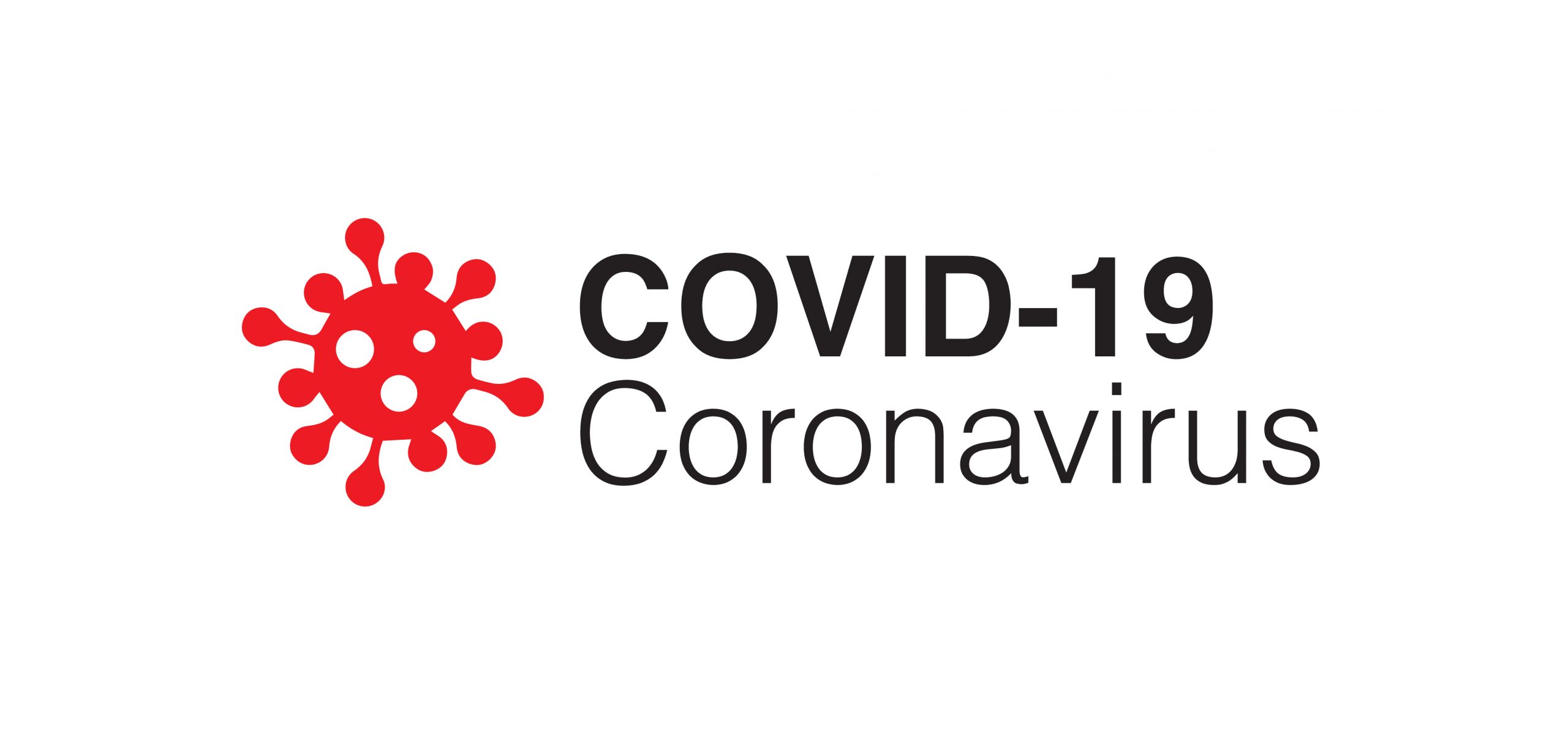Note: This post is based on a “Lunch and Learn” presentation given by Dirk Van Slyke at The Cannon on March 6, 2019.
This discussion will address a pretty broad range of ideas, from branding to customer service to pricing. There are lots of opinions about these topics, so it’s important to understand the context from where they come. If you ask ten marketers, you might get hundreds of different tenets. Some may disagree with these. But there are some truths that I have found that have stood the test of time, including surviving and, yes, thriving during the monumental shifts in the marketplaces I have experienced in my thirty years of doing this. Also, these concepts will be pretty high level, as we could dive much deeper into virtually all of them.
Setting Context
First, let’s frame how we define “marketing”:
We consider marketing to be a high-level umbrella for not only the traditional four Ps (product, price, place and promotion), but also anything that touches your customer – that means sales, customer service, employee communications, events, etc.
Next, let’s define what we call a “brand.” My definition is this:
A brand is a relationship with your constituents that is either strengthened or weakened with every point of contact.
Each word is intentional – it’s a relationship because it starts with a common connection of some sort, it involves both parties bringing something to the table, it involves emotions and ultimately is heavily reliant on communication and expectations. Constituents is purposely vague, because it is anyone that has a stake in your brand, from owners and shareholders, to employees and customers. And the final segment references the impact of the give-and-take, and even ups and downs that relationships experience.
Some features we have found to be true of brands:
- A brand can be anything. Yes, it is a company, or organization, even a cause. But it’s also people – of course, Michael Jordan was one of the first to truly monetize a personal brand on a global and multi-billion dollar scale. But today, we see multi-million dollar brands from online channels that encompass nothing more than watching people do things, like playing video games, garnering hours and hours of attention each day that far surpass even the heyday of broadcast television, back when there was only a handful of channels.
- A brand is what your customers say you are, not what you say you are. In this age of transparency, the number of exposures you control of your brand are exponentially outweighed by what is going on in the outside world.
Okay, so let’s dive into the 21 Marketing Absolutes: Practices that have stood the test of time that build great brands.
- Growing and scaling are not the same thing. Growing is making improvements in your key areas (revenue, customers, profit, etc.). Scaling is preparing your infrastructure to handle explosive growth.
- Do your homework on your name – it’s the hardest to change later. By homework, we mean hire a great attorney. It’s difficult to recover from a name change – positive reviews, SEO authority, marketing momentum, brand equity, etc. all become sunk costs. Also, your name should be unique, descriptive, or at least have a great tagline that describes what you do and differentiates you from the competition. There is a lot of clutter out there, and you need to break through quickly.
- To be believable, be authentic. In marketing, we certainly can “take liberties with the language” to sell our wares, but there is no faster way to lose trust than to make a claim that does not meet your customer’s expectations or that you cannot defend. Know who you are and stick to it. And don’t try to be all things to all people. Also, avoid overused phrases and clichés in your marketing like “value” which have lost their true meaning – show them, don’t tell them.
- Great positioning is the intersection of a great product offering, something your customers need, and something that your competitors do not offer. It sounds simple, but it’s really hard to pull off. But this is how you stand out, and you will win in the long run, regardless of any other circumstances – be great and great things will happen. Lots of organizations say this, but very few have the courage to show up and do it every day and make the tough decisions to stand the test of time.
- Really understand your customer, and their expectations. People’s expectations are pretty low these days – continuously exceed them. The best way to live this is to practice empathy. Get into the mindset of your customers – whether it’s a negotiation, a new business pitch, whatever. Context matters – you need to align your messaging with the mindset of the environment in which your message will be viewed, what they are experiencing, etc.
- Complaints and mistakes are opportunities, not to be dismissed. There are simple rules to follow, which can turn a detractor into an evangelist in a matter of minutes.
1. Hear them out and acknowledge the error. And give them the benefit of the doubt.
2. Apologize – sincerely. You’re wasting your time making excuses or coming up with “reasons way”. Blaming others gets you nowhere – they don’t care that your internet provider had an issue. Just own it.
3. Make it right – there is a lot of leeway here, but at a minimum, make them whole again.
4. Make sure it doesn’t happen again. This is the most difficult to pull off in the long run. Use these events as feedback for continuous improvement. And look at the data – a few here and there are not worth overreacting to, but consistency indicates a bigger problem that should be addressed. Realistically, things will always go wrong. Nobody expects a brand, or an individual for that matter, to be perfect. It’s how you deal with the mistakes that separates the mediocre brands from the great ones. Here are a few other guidelines to help:
- Act fast and you can avoid this happening publicly.
- Be transparent – the environment we operate in already is.
- Don’t hide negative reviews – respond publicly so people can see how you handled the situation. If you bury them, you decrease your credibility. Only allowing 5-star reviews is not believable.
- Be a giver, not a taker. This is true of your personal career and the brands you work on. If all you are doing is selling, you will lose, and people will avoid you. Be generous with your time, talents and assets and you will make people want to work with you.
- To be trusted in the long run, do the right thing. Always. In this age of transparency, you will be discovered for how you behave. Honesty, integrity and transparency are better than mistakes uncovered by customers or third parties. In the absence of information, people fill in the blanks, and often will assume the worst. Furthermore, your competition is always watching, looking for ammunition.
- Treat marketing as an investment, not an expense. Like any investment, you can mitigate your risk, diversify your investment, etc. As long as you have the right tracking in place, and the appropriate analytical resources to truly tease apart what works and what doesn’t, you are being a good steward of your resources.

Also, you get what you pay for with your goods and service providers – whatever it is, materials for your production, a marketing firm, etc. The best is rarely the cheapest, and actually end up saving you money in the long run. Hire the cheapest, and you may have to redo it over and over, and the work, and its impact on your brand, will never make you a leader.
- Test small and go big. This is one of our core methodologies, and why we currently employ advanced mathematical capabilities. With all the information, resources, tools and analytics available to us today, this can be done very inexpensively. You can grow and scale with confidence using real-world, live experiments that are much more reliable than even the finest primary research.
For this reason, we also believe in a real-time budgeting process. That means establishing a process for spending wisely, trying lots of things and ensuring they are always at, near or approaching profitability. You will no longer have to anguish over the appropriate percentage of spend, or a firm number that limits your imagination or opportunities that come along unexpectedly. Every organization struggles with having more opportunities than they have the resources to pursue. This is a great way to help you prioritize those on a regular basis.
And remember, the true ROI of any activity should be based on the long-term customer value, not just the single first instance. Once you acquire a customer, and continually exceed their expectations, your dependence on new customer acquisition will diminish over time.
- Invest in a downturn. This is a tough one.It takes courage to invest in a recession. Almost always, your competitors will retract during tough times. They will stop building their brand, cut corners on quality and they will let go of really good people. If you continue to invest, you will show your stability and resilience in tough times. Typically, you can negotiate better pricing for your materials and services, and you can find great people. You can still grow during this time, and when the recession is over, you will be the first to benefit.
- There is no silver bullet. It takes multiple strategies and tactics, executed consistently over an extended period of time to build a successful marketing program and grow a great brand over the long run. Celebrate big wins, but don’t get complacent. They can disappear overnight.
- Don’t follow your competition, lead your industry! Industries that do this result in parity and price wars. Always be looking forward and let them chase you.
- All web buyers are researchers and price shoppers – tread carefully on pricing. Advancements in technology have made comparing prices online immediate and effortless. The cost of research is low – you will be compared to your competition. So there will be a tradeoff to the brand impact in terms how low you are willing to go to earn the business, and how much of it you can handle at that price. You can always lower your price, but it is really difficult to increase it.
- Discounting is a short-term solution, with long-term implications. If used too often, you train your customers to wait for sales. There is no better example of this than Jos. A Bank Clothiers. SNL takes Jos. A Bank’s famous sales to an absurd and hilarious level and the brand is still trying to re-train their customer base years later. https://www.nbc.com/saturday-night-live/video/jos-a-bank-cleaning-product/2768588
- Superior execution trumps a great idea. There are many examples of good ideas gone bad; Segway started out as a mass item, but completely misread the pricing cues, as well as city infrastructures, storage and transport issues. Lots of examples exist of decent ideas well executed, such as Amazon and Uber. This is true of your marketing execution as well – I’ve seen many examples of really good creative ideas that fall way short due to budget-conscious clients.
- Don’t wait for perfection. Get to market fast, don’t wait for it to be perfect. You can launch in a controlled way, set proper expectations by being authentic and transparent, gain market acceptance and continuously improve. Focusing on customer satisfaction will rule the day. The best validation of your product is when a customer spends money on it.
- Question everything. There should be a reason for everything you do – especially in marketing. Be objective – subjectivity has no place in marketing these days. Use empathy with all your important constituencies – what would your customer think? What would your board or investors think? And “We’ve always done it that way” is the worst reason to do something, behind “no reason at all”.
- Only consider changes in your organization that are good for your customer. CFOs rarely make customer-driven recommendations. By going with a cheaper ingredient or supplier, you may be able to save millions of dollars per year. However, the damage you do to customer loyalty is forever. No greater example of this exists than CompUSA – among the many poor decisions that led to its demise, none are more memorable than the great idea one of their leaders had to get rid of all their senior level, highly experienced store associates, to replace them with younger, less expensive employees. They saved money at first, but customers no longer had a reason to trust them.
- Anyone can be an “expert,” many are not. You don’t need a certification to be an expert – and real-world experiments are the best teacher – remember test small, go big!Don’t assume you can’t be better than those that do it every day – in fact, many don’t keep up with the latest developments. As fast as the market moves and changes these days, it’s easy to get in a rut.Learning should not only be a constant in your career development, but think about it as a real-time, daily practice.
- Anyone can be “creative”. Your brain is like a computer – identify the problem, do the research, then leave time to process.While at rest is the best time for it to provide the solution – rote activities that don’t take a lot of brain power.I make sure I capture ideas when they come to me – in the car, in the shower and when I wake up in the morning are the most common times of breakthrough and clarity.This works for creative ideas, or any problem-solving.By the way, procrastination can be good because it leaves more time to process. Another good practice is mixing up the neural pathways in your brain, forcing it to learn new things, like taking a different path to work. It scrambles things up in a good way and reignites your brain.
I’d love to hear your thoughts and reactions – good, bad, or indifferent.






